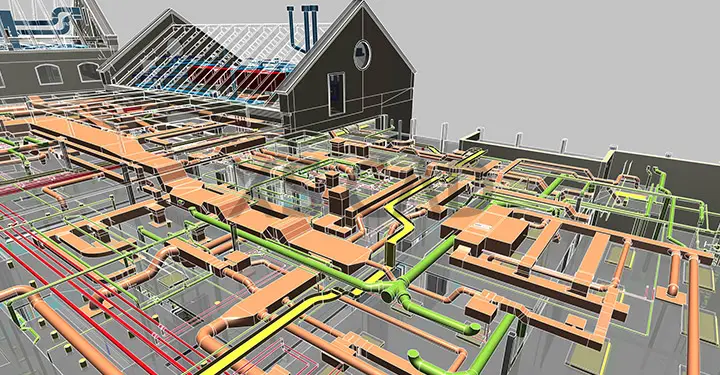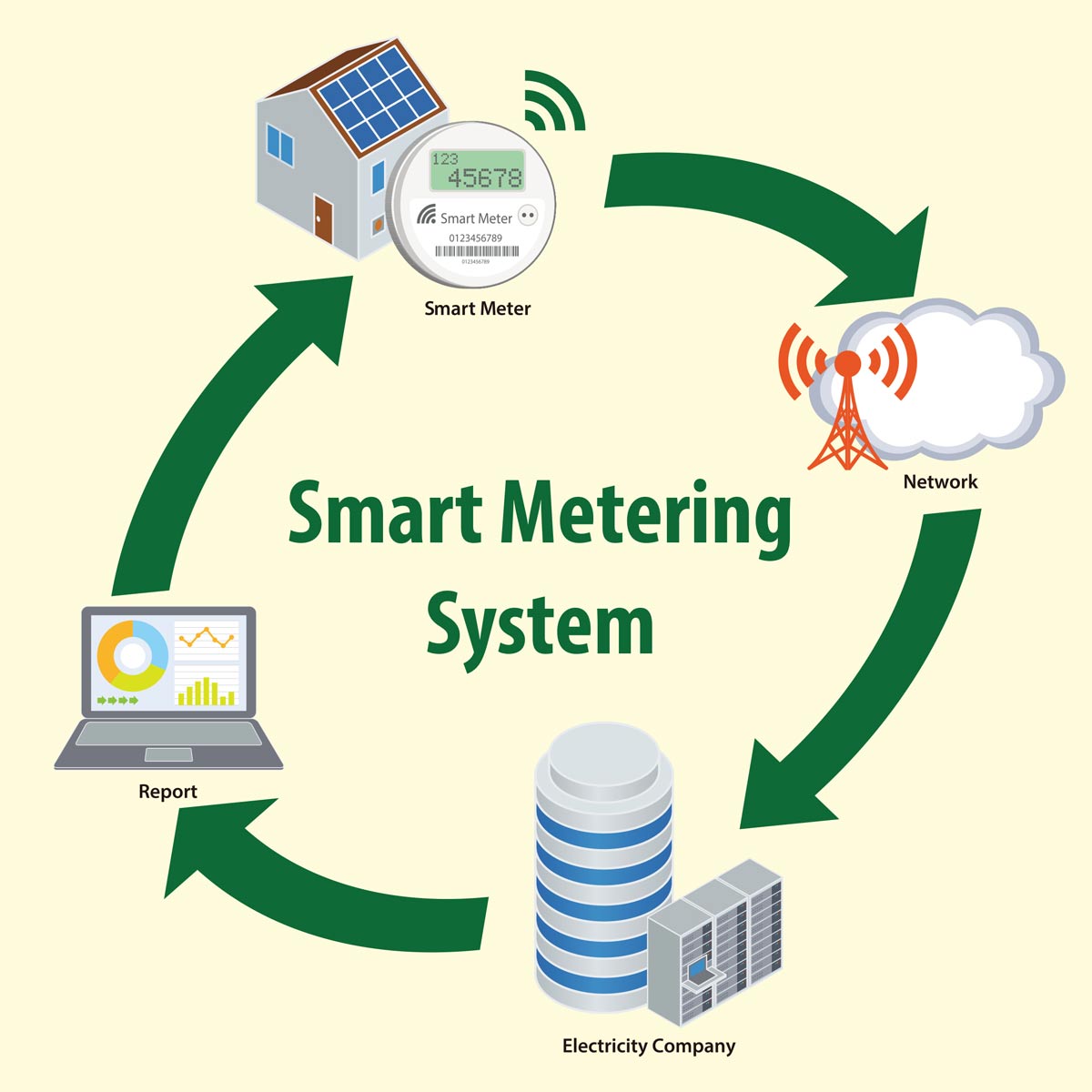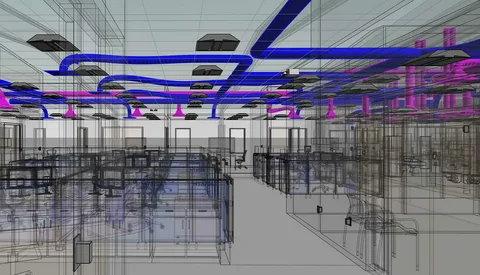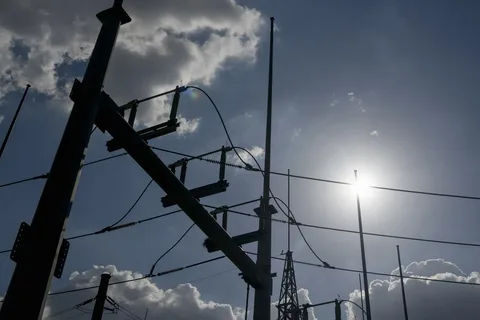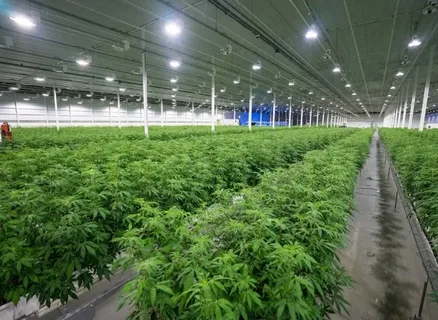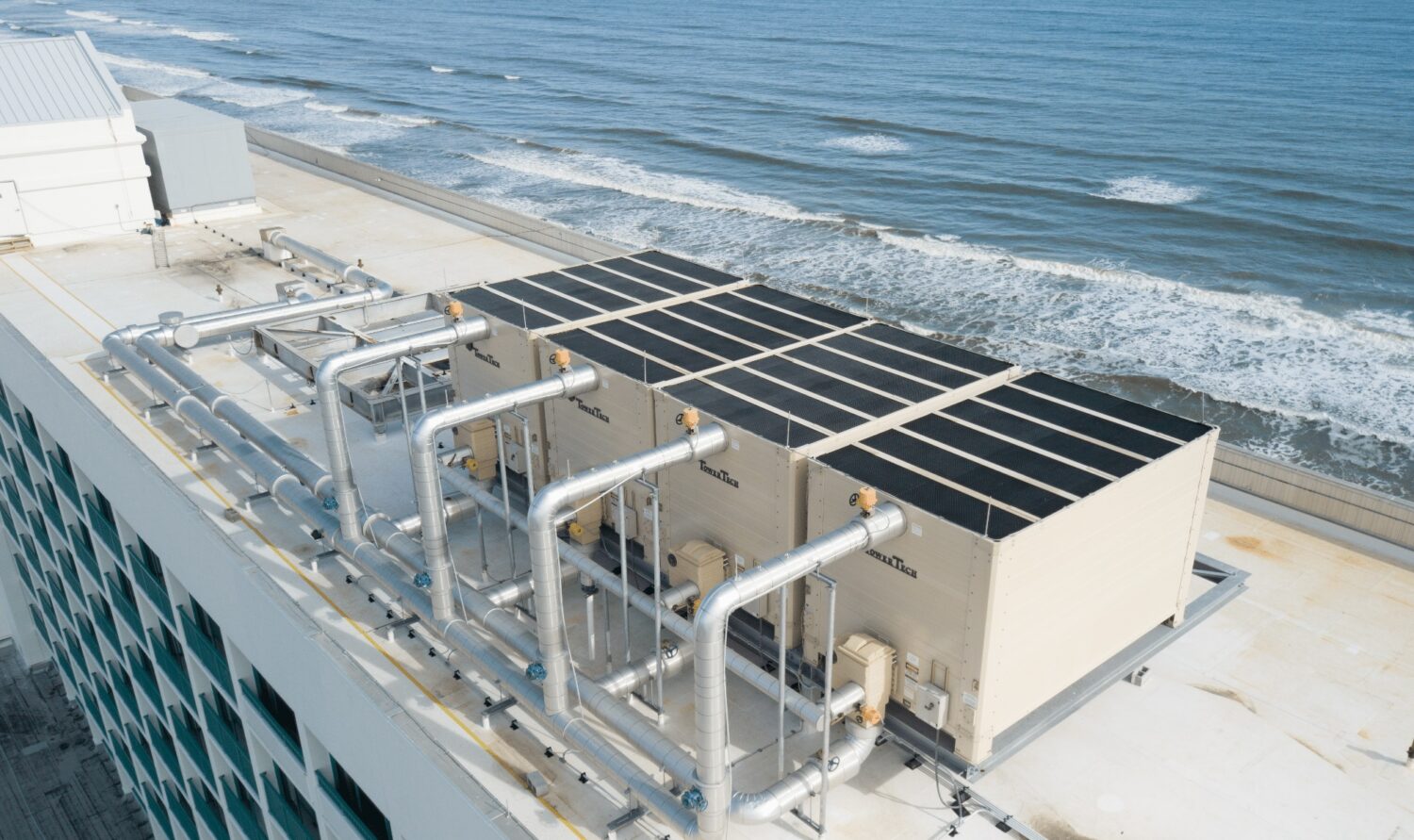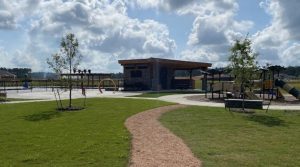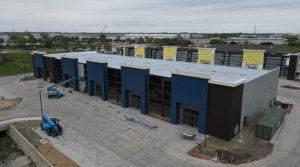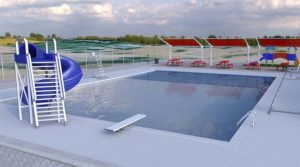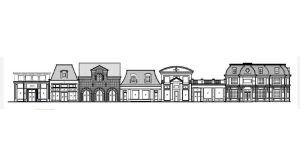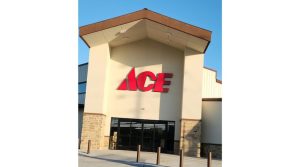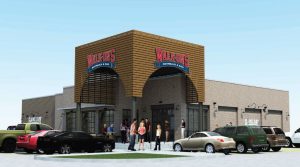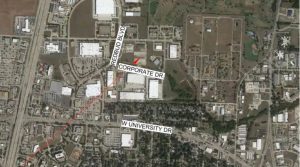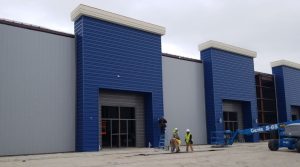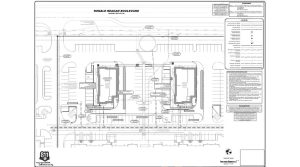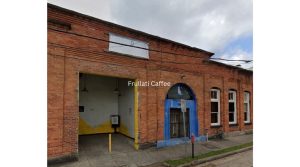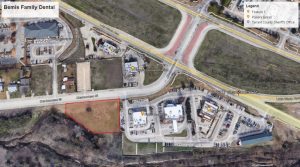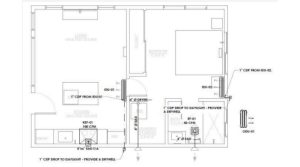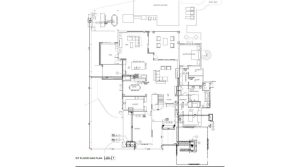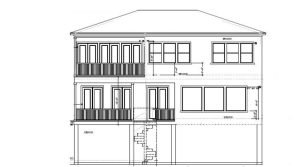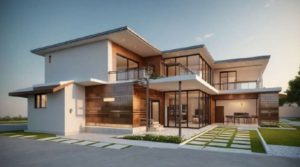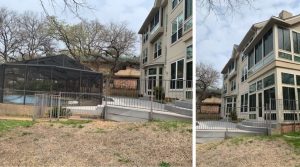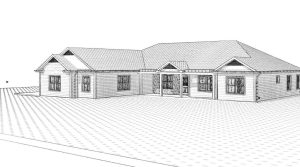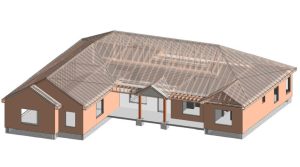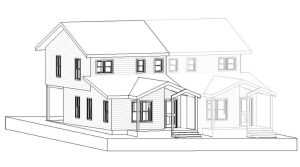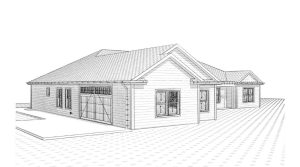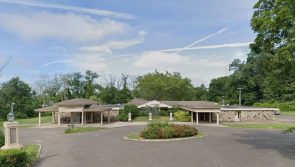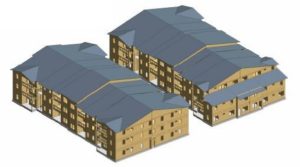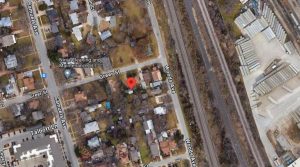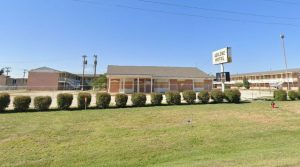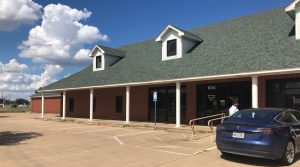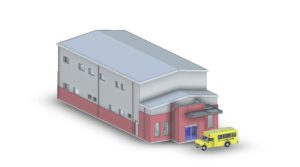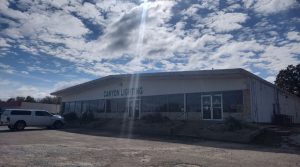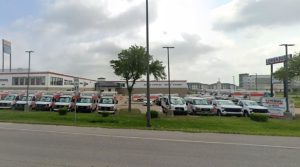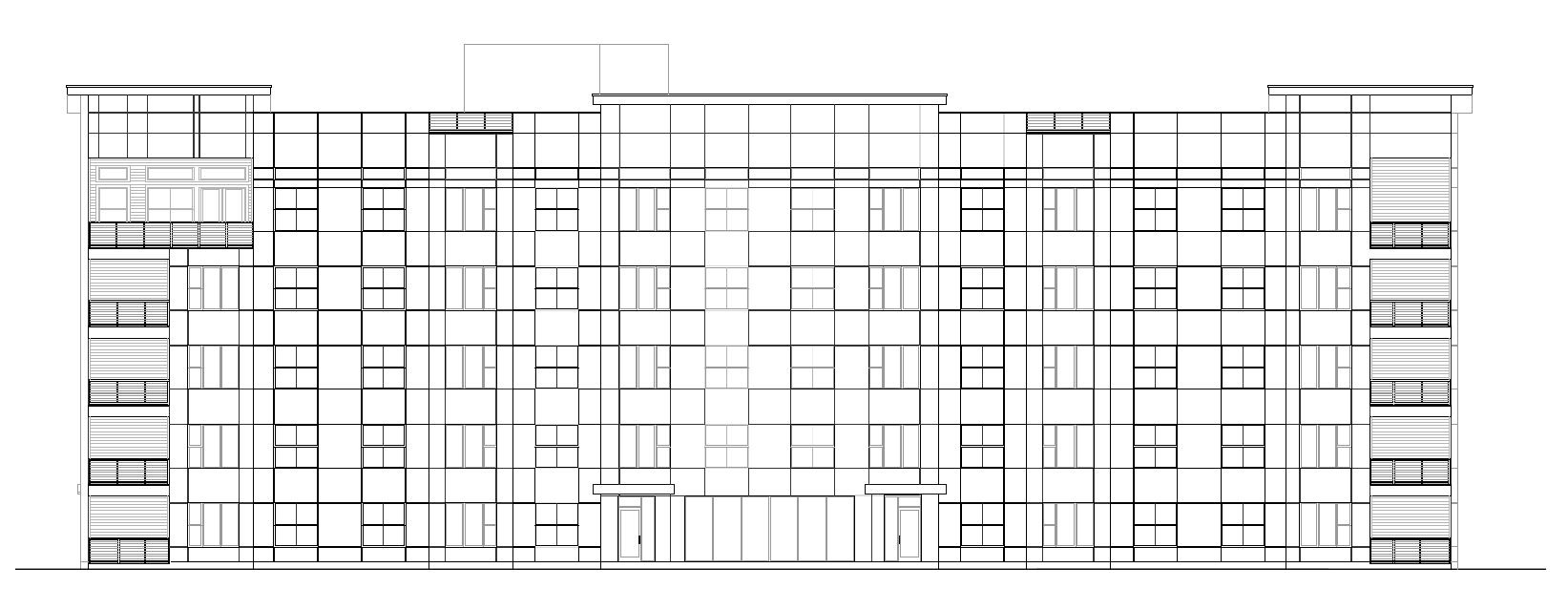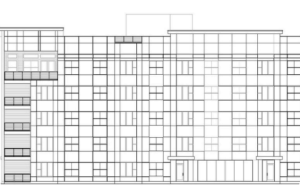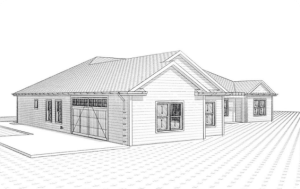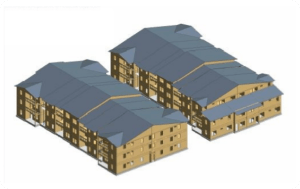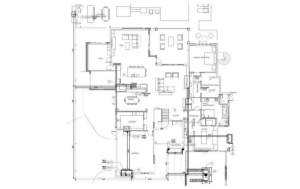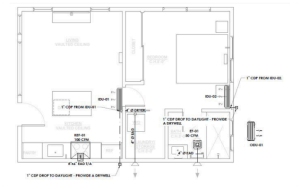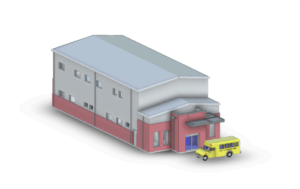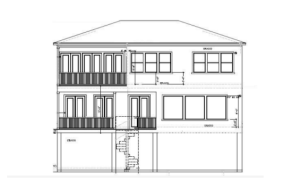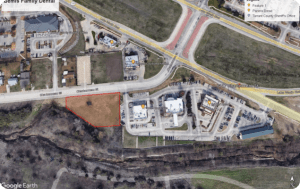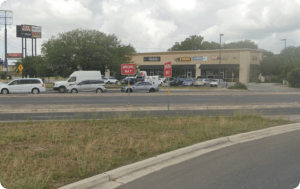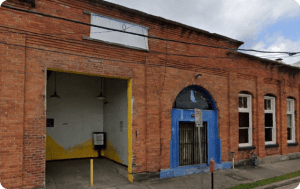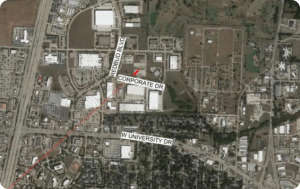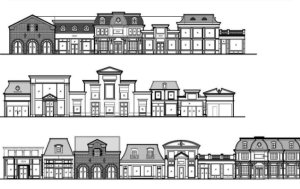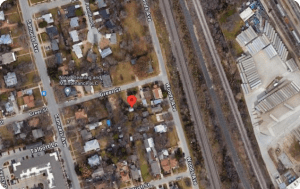Introduction
Cannabis facilities demand specialized MEP design for safe, efficient, and compliant operations. MEP design for cannabis facilities goes beyond conventional commercial spaces. From grow room HVAC to electrical distribution and plumbing systems, every detail matters. If you overlook critical MEP factors—like ventilation rates, humidity control, or load balancing—you’ll face costly redesigns, shutdowns, or even code violations. In this post, we’ll reveal the less obvious pitfalls in MEP design for cannabis cultivation and processing facilities. You’ll learn how to avoid mistakes that could derail your project and protect your bottom line.
Objective: Educate cultivators, facility owners, contractors, and engineers about the unique MEP requirements of cannabis facilities and highlight hidden costs of poor design.
Target Audience: Cultivation facility managers, dispensary owners, construction project managers, mechanical and electrical engineers, and general contractors working in the cannabis industry.
Desired Action: Encourage readers to adopt best practices, consult experienced MEP partners (such as GDI Engineering Design’s MEP Services), and incorporate specialized design strategies early.
1. Understanding Unique HVAC Requirements for Grow Rooms
Cannabis cultivation requires precise environmental control. Grow rooms need stable temperature and humidity. Humidity fluctuations can foster mold and disease. Yet many designers treat grow rooms like typical warehouses. They ignore high latent loads from plant transpiration.
Why It Matters
Grow operations add significant latent heat. Transpiration at large scale creates constant moisture. If you undersize dehumidification, humidity spikes. High humidity leads to mold, pest invasions, and crop loss. Over time, poor air balance forces system short‐cycling. This increases energy costs and equipment wear.
Hidden Pitfalls
- Ignoring Latent Loads: Standard HVAC load calculations often omit plant moisture. You must account for latent heat, not just sensible cooling.
- Inadequate Air Changes: Grow rooms require multiple air changes per hour to control CO₂, remove odors, and refresh oxygen. Skimping on airflow invites stagnant pockets and poor plant health.
- Poor Zoning Strategy: Grouping grow rooms with processing areas on the same HVAC zone creates conflicts. Processing areas generate heat from lights and equipment. If these areas share HVAC, temperature swings can stress plants.
How to Avoid It
- Perform a Detailed Hygrothermal Analysis: Use tools like ASHRAE’s humidity control guides to size dehumidifiers separately from cooling equipment. For example, calculate latent load per plant canopy square foot.
- Design Dedicated Grow Room Units: Specify packaged rooftop units or split systems with independent dehumidification coils. Ensure each grow room has its own control loop.
- Implement Zoned HVAC Controls: Separate grow, curing, and processing areas with dedicated thermostats and humidistats. Use variable air volume (VAV) or variable refrigerant flow (VRF) systems for precise control.
- Coordinate with Facilities Management: Incorporate real‐time sensors and a building automation system (BAS) that continuously monitors temperature, humidity, and CO₂ levels. Integrate alarms for out‐of‐range conditions.
By addressing these specialized HVAC needs, you’ll maintain crop quality, prevent diseases, and optimize energy efficiency.
2. Electrical Load and Power Distribution Challenges
Cannabis facilities consume immense electrical power. High‐intensity grow lights, HVAC, dehumidifiers, and processing equipment create substantial loads. Yet many facility owners underestimate power requirements, leading to oversubscribed panels or transformer shortages.
Why It Matters
Grow lights alone can draw 600W–1000W per fixture. A mid‐sized indoor farm may run hundreds of lights 12–18 hours a day. Factor in HVAC loads, dehumidification, irrigation pumps, and processing machines. Underestimating leads to overloaded circuits, nuisance tripping, or worse—potential fire hazards.
Hidden Pitfalls
- Neglecting Future Expansion: Many initial designs don’t account for scaling operations. When you add a second flower room, you may lack spare capacity in switchgear or utility service.
- Improper Panel Location: Placing panels far from grow rooms forces lengthy conduit runs. This increases voltage drop and causes inefficiencies.
- Skipping Harmonic Analysis: LED driver electronics and variable frequency drives (VFDs) generate harmonics. Without mitigation—like harmonic filters—equipment may overheat and damage transformers.
How to Avoid It
- Conduct a Comprehensive Load Study: Complete NEC Article 220 calculations, including demand factors and diversity. Document connected loads for each grow fixture, HVAC, and process equipment.
- Plan for Growth: Design switchgear with 20–30% spare capacity. Coordinate with the utility to size the primary service so it can handle expansion. For example, if you start with a 500A service, confirm the utility’s ability to upgrade to 1000A as needed.
- Optimize Panel Placement: Use a single electrical room adjacent to grow rooms to minimize run lengths. This lowers voltage drop and saves on conduit costs.
- Perform Harmonic and Power Quality Analysis: Identify likely harmonic sources. Specify isolation transformers or active harmonic filters to protect equipment. Ensure power factor correction meets utility requirements and avoids surcharges.
A robust electrical design avoids downtime, reduces equipment failures, and keeps your energy costs predictable.
3. Plumbing and Water Management for Cultivation Areas
Water is cannabis plants’ lifeblood, but excessive or improperly channeled water can cause flooding, microbial growth, or noncompliance with local codes. Ideal plumbing design for cannabis facilities balances high‐volume irrigation needs with proper drainage and backflow protection.
Why It Matters
Grow rooms use thousands of gallons weekly. Nutrient dosing, flooding flood tables, or deep water culture systems all need reliable water delivery. Conversely, water runoff from cleaning or overflow drains must be managed to prevent slip hazards and contamination.
Hidden Pitfalls
- Under‐sized Drain Lines: A flood table discharge or drip tray overflow can overflow a 1.5-inch drain, leading to water spread in production areas.
- Insufficient Backflow Prevention: Local codes demand double‐check assemblies or reduced pressure zones to prevent nutrient solution backflow into potable water. Skipping this invites code violations and health risks.
- Ignoring Water Treatment: Hard water or high chlorine can damage irrigation systems and harm plants. Without proper filters or softeners, scale clogs emitters and reduces yield.
How to Avoid It
- Size Drainage Piping Appropriately: Use 2-inch or larger drains for flood tables. Provide 1-inch minimum slope to the floor drain. Incorporate secondary containment if lines may clog.
- Install Code‐Compliant Backflow Assemblies: Each irrigation branch must have a backflow preventer near the main feed. Test annually as required by jurisdiction.
- Implement Water Treatment Systems: Specify pre‐filters, water softeners, and UV sterilization. For example, a 5-micron sediment filter and carbon filter remove particulates and chlorine.
- Provide Staff Training on Water Management: Educate cultivation staff on maintaining traps, cleaning floor drains, and monitoring water pressure. A proactive maintenance plan prevents line blockages.
By planning for high‐volume irrigation and reliable drainage, you’ll protect your facility from water damage and regulatory fines.
4. Fire Protection and Life Safety Specifics
Cannabis operations elevate fire risk. High‐intensity lighting, HVAC motors, and volatile solvent extraction processes require stringent fire protection measures. A typical office fire design won’t suffice. Missing or incorrect fire sprinkler layouts and improper egress planning lead to code violations and operational shutdowns.
Why It Matters
State and local codes often classify a cannabis facility as an “Industrial” or “High Hazard” occupancy. Extraction rooms using solvents must meet NFPA 1 and NFPA 30 requirements. Even cultivation areas need smoke control, early detection, and proper sprinkler coverage.
Hidden Pitfalls
- Inadequate Sprinkler Coverage: Standard 0.10 gpm/ft² density for light hazard may be insufficient. Many jurisdictions demand 0.15 gpm/ft² or special deletion of sprinklers in volatile process rooms.
- Missing Smoke Control Calculations: Grow lights generate heat and humidity. Without properly designed smoke control, smoke may spread quickly, endangering personnel.
- Inappropriate Egress Paths: Narrow corridors and dead‐end layouts common in cultivation racks can create egress bottlenecks if not designed properly.
How to Avoid It
- Engage a Fire Protection Engineer Early: Have a professional complete hydraulic calculations per NFPA 13. Ensure sprinkler pipe sizing and spacing meet or exceed code.
- Separate Hazardous Zones: Designate solvent extraction rooms as separate fire areas with fire‐rated walls and self‐closing doors. Provide explosion‐proof vents or panels.
- Perform Smoke Control and Egress Studies: Use computational fluid dynamics (CFD) modeling to verify smoke layer height. Confirm that exit paths are at least 44 inches wide and no more than 20 feet from any point of work.
- Coordinate with Local Fire Marshals: Obtain written clarifications on special requirements—such as foam suppression for extraction or inert gas systems for curing rooms.
A rigorous life safety design mitigates fire risks and accelerates permit approvals.
5. Code Compliance and Regulatory Pitfalls
Cannabis facilities face overlapping regulations from building codes, health departments, environmental agencies, and state‐specific cannabis commissions. Navigating these layers while ensuring MEP systems comply can be daunting. Overlooking even a minor code detail can result in hefty fines or forced shutdowns.
Why It Matters
Codes evolve rapidly. Some states require green building standards, BIM submissions, or weekly environmental monitoring. Electrical codes for high‐voltage HVAC or generator interlocks may differ. Plumbing codes might mandate specialized wastewater pre‐treatment before discharging nutrient‐rich runoff to sanitary lines.
Hidden Pitfalls
- Misinterpreting Local Amendments: Jurisdictions may adopt 2018 NEC but add amendments for “commercial grow operations.” Installing standard receptacles can violate a local ordinance.
- Skipping Environmental Impact Studies: Nutrient runoff and filter backwash water often exceed local wastewater limits. Without pre‐treatment, you risk environmental fines.
- Avoiding Energy Efficiency Requirements: Some states enforce ASHRAE 90.1‐2016 or higher for grow lighting efficiency, requiring special ballasts and reflectors. Ignoring this can lead to plan check rejections.
How to Avoid It
- Compile a Regulatory Matrix: List all applicable codes—building, mechanical, electrical, plumbing, fire, environmental, and cannabis‐specific guidelines. Update it as you refine your design.
- Consult Local Cannabis Regulatory Bodies: Request pre‐application meetings to understand state‐mandated MEP requirements. For example, Colorado’s Marijuana Enforcement Division publishes specific HVAC and ventilation mandates.
- Include Wastewater Pretreatment in Design: Specify equalization tanks, pH neutralization, or dedicated sewer connection fittings. Coordinate with the local sewer authority to get early sign‐off.
- Incorporate Energy Compliance Strategies: Use high‐efficiency LED grow lights with dimming controls. Size HVAC and dehumidification systems with variable speed drives to match fluctuating loads. Document energy performance in your submission package.
Staying current with codes prevents costly resubmissions and ensures a smooth path to the final license.
Conclusion
MEP design for cannabis facilities goes well beyond standard commercial building practices. If you neglect specialized HVAC, underestimate electrical loads, ignore plumbing complexities, overlook fire protection, or miss regulatory nuances, you risk expensive redesigns, delays, and compliance headaches. By understanding these hidden pitfalls—such as high latent loads in grow rooms, harmonic distortion from LED fixtures, backflow prevention, fire area separations, and wastewater pre‐treatment requirements—you can deliver a safe, efficient, and code‐compliant facility on time and within budget.
In conclusion, whether you’re opening your first indoor grow or scaling a multi‐site processing campus, work with experienced MEP engineers who understand cannabis‐specific challenges. If you need expert guidance on MEP design for cannabis facilities, contact GDI Engineering Design’s MEP Services. Our team specializes in cultivation, processing, and dispensary projects—ensuring your facility meets local codes, optimizes energy efficiency, and maximizes yield.
Internal Links
- For comprehensive MEP design support, see our MEP Engineering Services.
- Learn how we delivered a turnkey grow facility in our Cannabis Facility Case Study.
External Links
- Review ASHRAE’s guidelines on humidity and indoor air quality: ashrae.org.
- Consult NFPA 13 for sprinkler design requirements: NFPA.
Ready to avoid costly design mistakes? Contact GDI Engineering Design today and let our experts handle every detail of your MEP design for a compliant, efficient cannabis facility.

